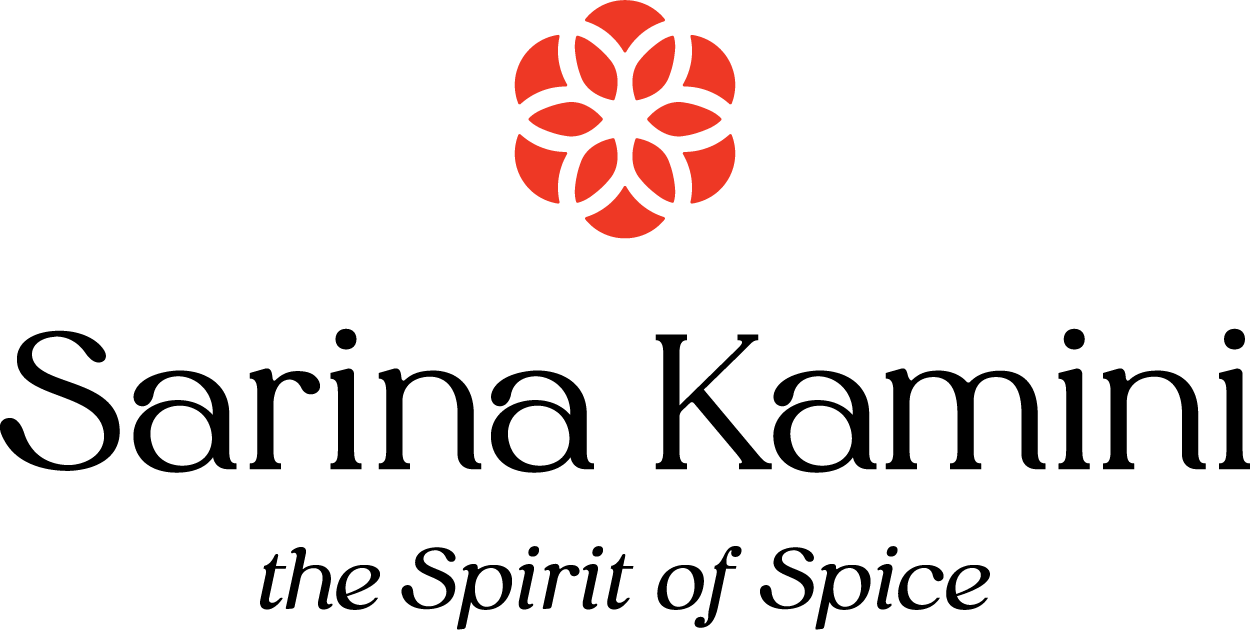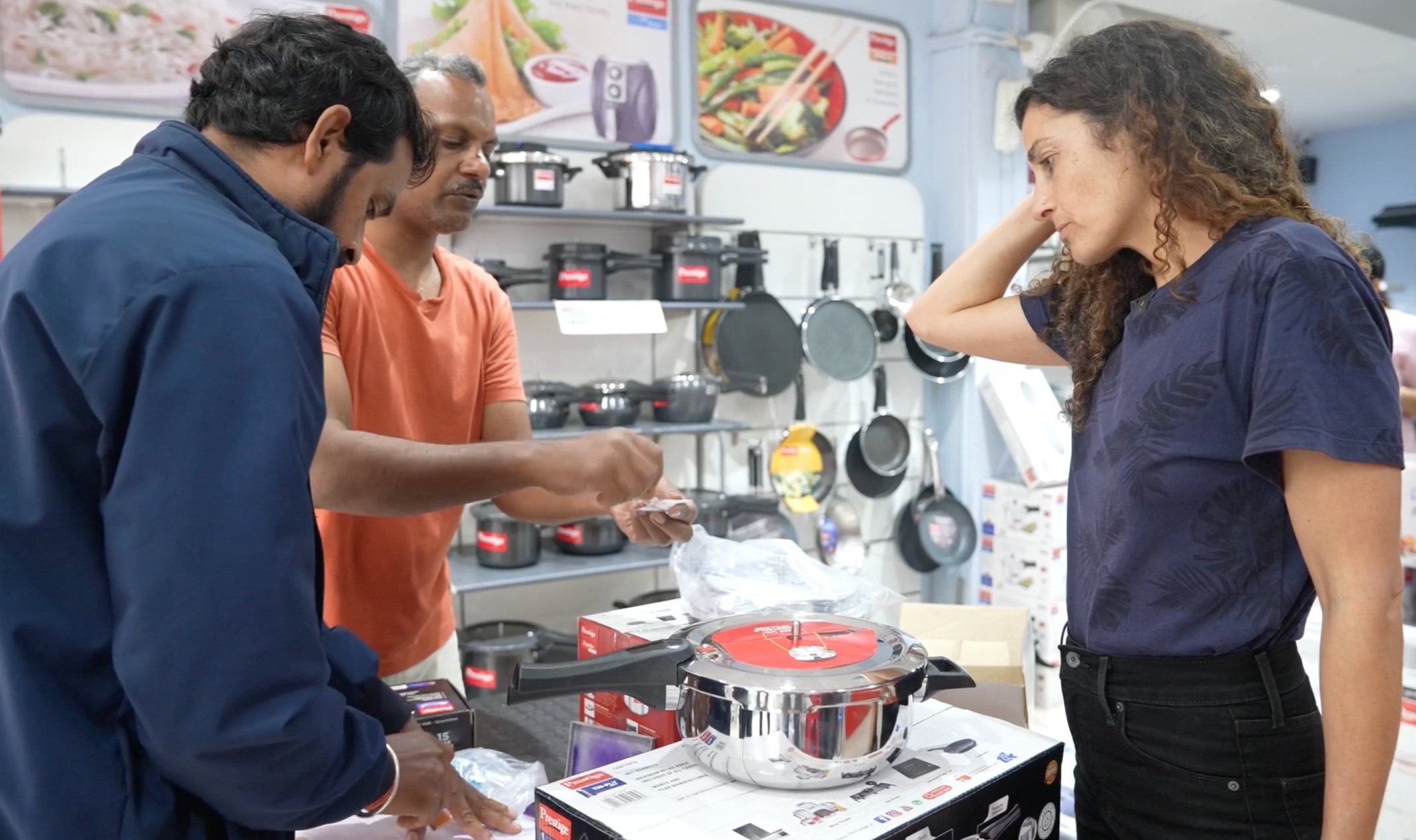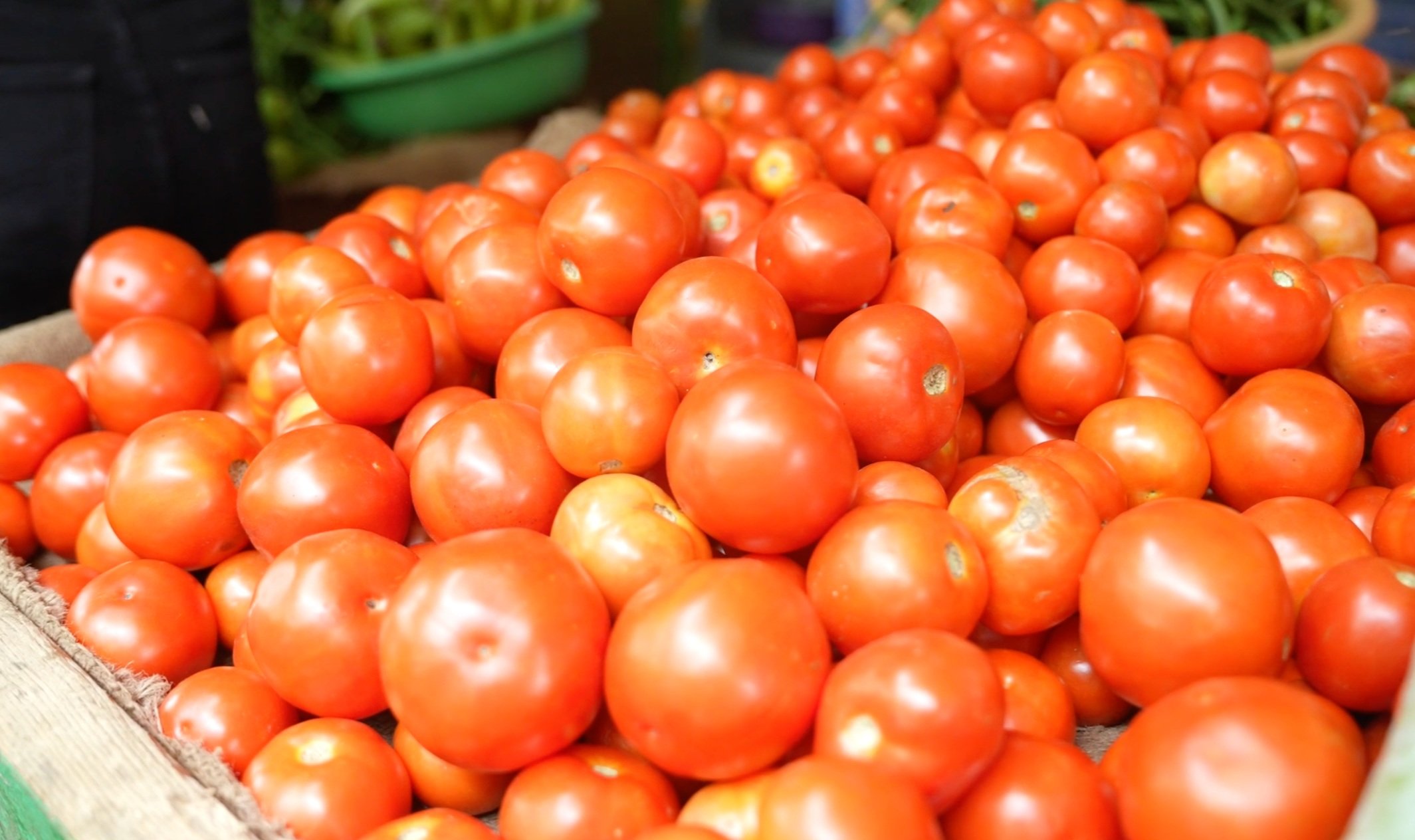HOW TO MAKE PARATHA
HOW TO MAKE PARATHA

LEARN HOW TO MAKE PARATHA AT HOME WITH OUR SIMPLE RECIPE.
Methi paratha are a delicious Indian lunchtime staple. Methi is fresh fenugreek leaf. Paratha or parantha is a simple and delicious Indian flatbread made from atta flour. We add besan flour as well for extra taste. Veganise our methi paratha by following the tips in the ingredient list.
Find out the best tips to making Indian flatbread or paratha >
RECIPE DETAILS
Makes: makes 8 to 10 paratha .
Cooking time: 30 minutes + 20 minutes dough resting time.
Dietary Style: Vegetarian. See the recipe for dairy free and vegan substitutions.
INGREDIENTS
FOR THE PARATHA
- 1.5 cups plain flour
- 1/2 cup atta flour
- 1/3 tsp flaked salt
- 1 1/3 tsp fine white sea salt
- 2/3 tsp fine pink salt
- ghee
FOR THE COOKING
- ghee
- Replace the ghee with coconut oil to make vegan and dairy free.
METHOD
How to make our flaky paratha.
STEP 1
In a large mixing bowl, combine the flours, salts, and ghee. Bring the dough together under a thin stream of hot water until the dough is soft and pliable but not sticky.
Remove the dough from the bowl and knead on the bench for a few minutes until you begin to feel the texture change and soften. Divide into even chunks of six pieces. Knead eat dough ball a little. Set aside for 20 minutes.
STEP 2
Once rested, roll out each ball until very thin on the bench top. At this point the choir to flour the bench is optional. It actually doesn’t matter if the paratha sticks a little to the bench, or if the shape is off. Once rolled, spread with a thin layer of ghee. Slice a line from the centre of the paratha outward, and roll up and press down into a rose shape. See video for this element. Do this with every ball, put on a plate and set in the fridge for anywhere between 10 minutes and an hour. You can repeat this process two or three times. Each round of rolling and ghee edition will create a more buttery and flaky paratha.
STEP 3
The penultimate step is to roll the paratha out one last time. This is the part where we’re going to cook them, so try to make it a little pretty. Roll to a slightly thicker diameter than a classic chapati—rolling to flat will create out some of that delicious flaky texture.
STEP 4
Once rolled, heat your tawa, hot plate or crepe pan, spread a little more ghee, and cook on a very, very hot surface. Spread the reverse side with more ghee before flipping and finishing off the cook. The paratha should be buttery, flaky, salty, and beautifully browned on both sides.
LEARN MORE ABOUT
PARATHA
What is atta flour?
Atta flour is a stoneground whole wheat flour that is used to make paratha, chapatti, roti, and poori in Indian homes across the regions. It has a slightly nutty taste, is a little stretchy, and heavier than plain flours.
What are parathas?
Parathas (or paranthas) are unleavened Indian breads that are made with atta flour and ghee, and are layered and rolled repeatedly to produce a flaky and textured bread that is classically quite rich and heavy to eat.
Can I make gluten-free parathas?
It can be difficult. There are types of flatbreads made with besan / gram / chickpea flour but these are heavy and won’t stand the layering of paratha. Do your best to find gluten-free flours that have some capacity for stretch and follow the classic recipe above.
What if I can’t find atta flour? Can I replace it?
Yes, atta flour can be replaced with a 50-50 mix of wholemeal and plain flours, or a 50-50 mix of wholemeal and 00 pasta flours. It won’t be the same, but it will approximate the weight, taste, and stretch of atta flour.



